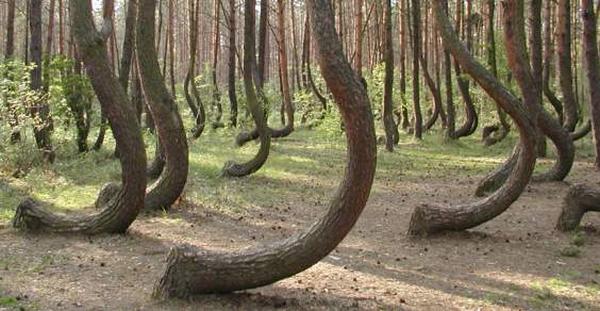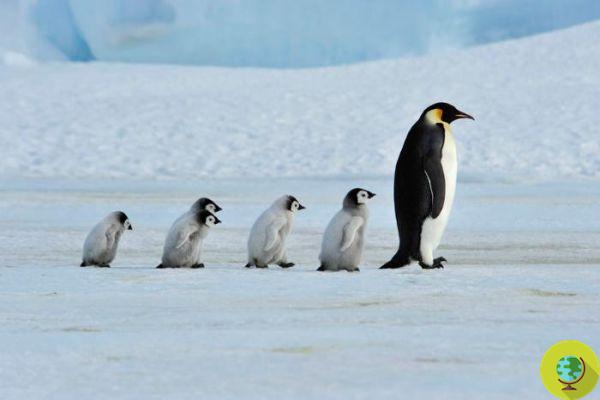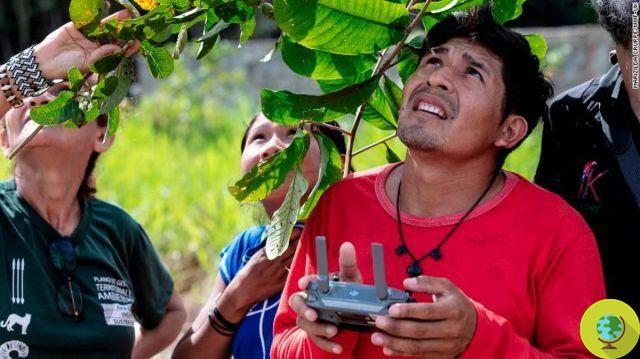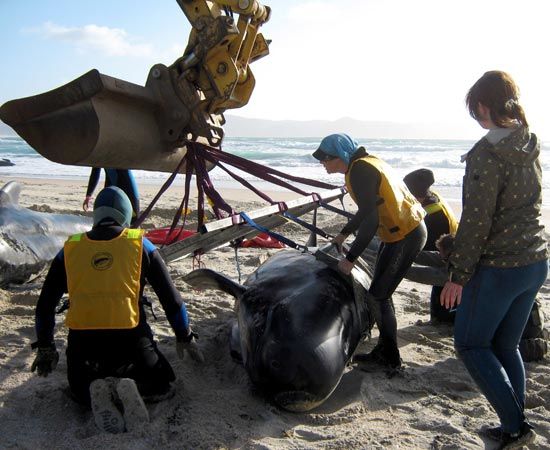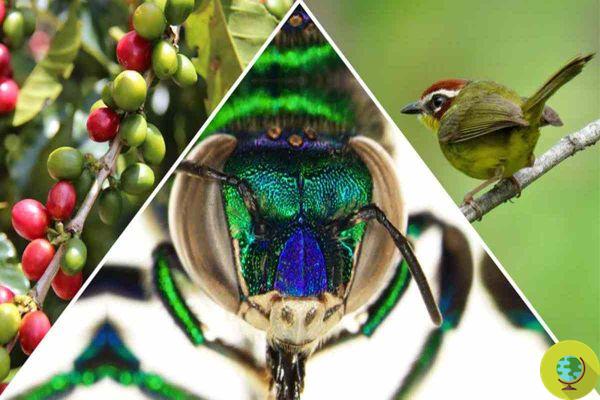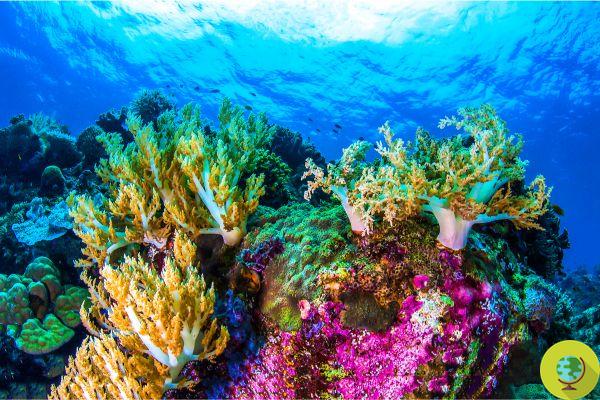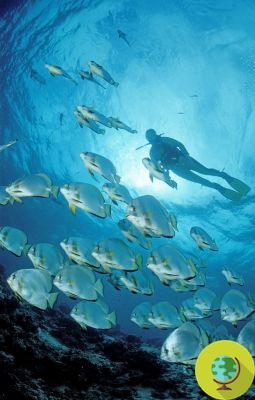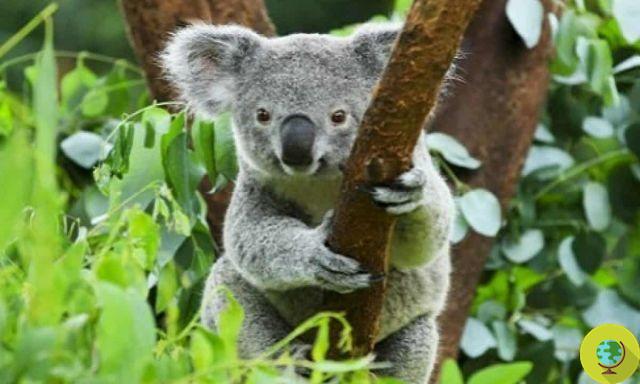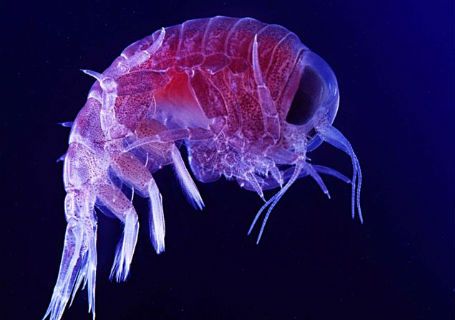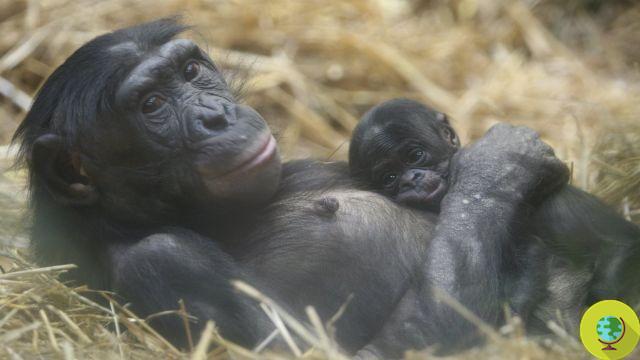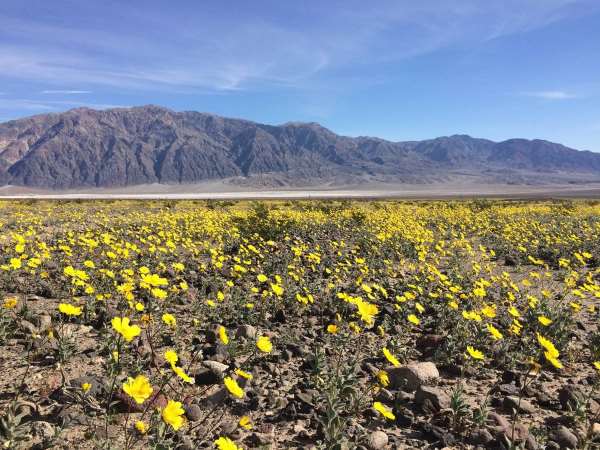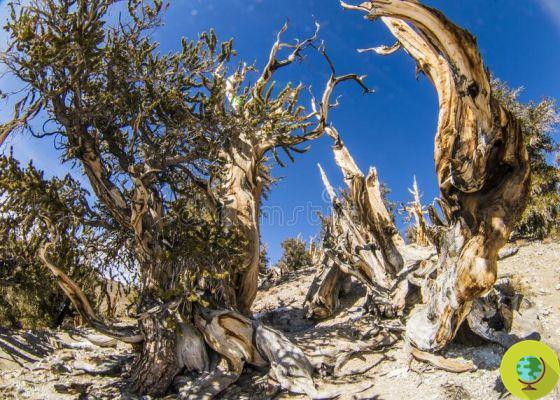The 2010 Vancouver Winter Olympics are in full swing and athletes from all over the world are showing off. But if animals were to participate, who would win? The National Wildlife Federation, in the year of biodiversity, has drawn up a ranking of animals deserving to participate in the winter Olympics of wildlife.
He is about to end up run over, his mother saves him
They are in full swing Vancouver 2010 Winter Olympics where athletes from all over the world are showing off. But if animals were to participate, who would win? There National Wildlife Federation right in the year of biodiversity, has drawn up a ranking of animals deserving to participate at the Winter Olympics of Wildlife.
The selection of the team that awarded the medals in the various disciplines that distinguish the Winter Olympics is based on the strength, speed, agility and endurance of the various species.
Sledging: the river otter
This famous member of the family of weasels could compete without problems in the specialty of sledding. They are known to be very cheerful and lively animals and they adore let yourself slip into the mud or in the frozen slides that are created naturally in the banks of the rivers where they live. They let themselves go on very fast descents for the sheer sake of it. Even the bears they were caught gliding along the snowy hills but in a hypothetical confrontation with the river otter they would only get a silver medal.
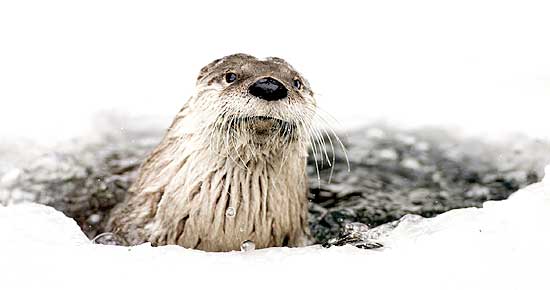
Super G: the Cheetah and the American Antilocapra
Il The fastest land mammal on the planet is the cheetah, which can reach the enviable speed of 115 kilometers per hour. Undoubtedly, for this speed demon the most suitable specialty would be a nice one Super g. But its great speed is not always able to guarantee it a safe meal: its usual prey, such as gazelles and other small antelopes, while not reaching its performance, boast considerable resistance and excellent agility, which often allows it to escape the spotted sprinter.
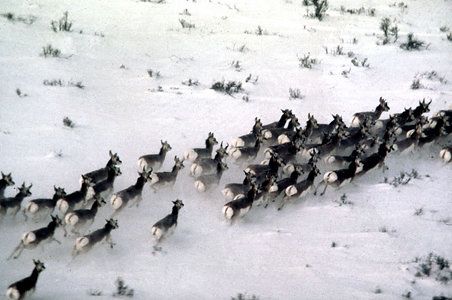
Ice skates: The Lynx and the Hare Snow shoe
When we think of the ability to move easily on the snow, we cannot fail to remember the snowshoe hare and the lynx. They could be a sensational pair of ice skaters, because thanks to their big feet they are able to move easily and slide on the white mantle. In addition, the big feet allow them not to sink into the fresh snow.
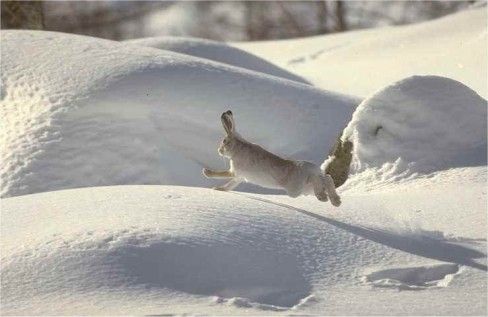
Le hares, before winter, they change their dark coat to a more candid one thus putting in place an excellent example of mimicry. But often this is not enough to deceive the hearing, the sight and the excellent sense of smell of the lynxes which are equally able to prey on them.
Ski jumping: the Galagone or Bambino del Bosco
These tiny primates are skilled jumpers and would make perfect athletes for the ski jumping. They wander in the woods during the night in search of fruit and insects, of which they are very greedy, making jumps that can reach more than 20 meters. They move easily in the night as they have very developed eyes that allow them to see even in almost absolute darkness.
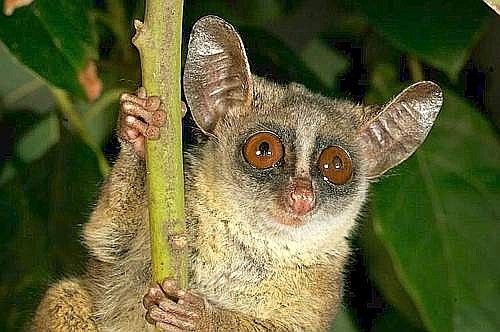
Ice Hockey: the Spotted Hyena, the Weasel and the Tasmanian Devil.
These animals would be perfect for making a nice team of ice Hockey, as aggressive in their game and capable of breaking the bones of their opponents.
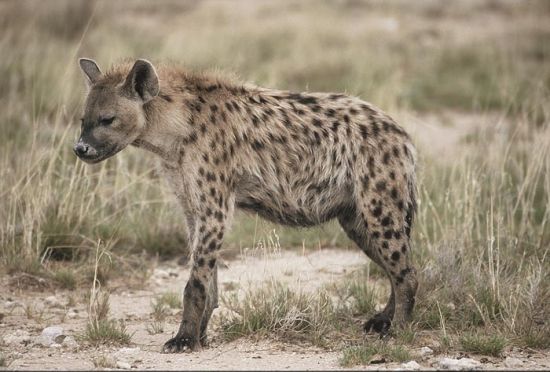
Le Hyenas they have incredibly strong jaws, which are a vital tool in the fight for survival. They are able to consume every part of their prey, including bones, horns and even teeth. But contrary to popular belief, they are not among the mammals with the most powerful bite. Recent studies have shown that among the animals with the greatest power in the jaws, i gray wolves, the lions and even the giant panda which must consume large quantities of bamboo. Also there weasel he might belong to this powerful jawed team. But the captain's armband belongs fully to the Tasmanian Devil which, with its powerful bite, represents the mammal with the most powerful jaw.
Cross-country skiing: Berta Grigia and Sterna Codalunga
When it comes to long-range endurance, the challenge shifts to the world of seabirds. There Berta Gray e the Sterna Codalunga they would be ideal athletes for a competition cross country which requires endurance and a lot of fortitude. For many years the Tern Codalunga has boasted the title ofbird with the longest migration route: from the Arctic to the Antarctic and vice versa, every year.
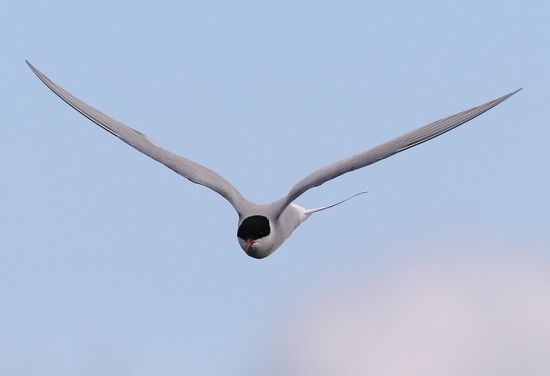
Scientists have found that the Berta Gray makes an impressive journey that starts in New Zealand and ends in the North Pacific. On average, the Tern travels nearly 65.000 kilometers per year. However, it is estimated that she can reach peaks of 80.000 kilometers, a record that makes her the undisputed winner of this specialty of wildlife olympics.
Lorenzo DeRitis




